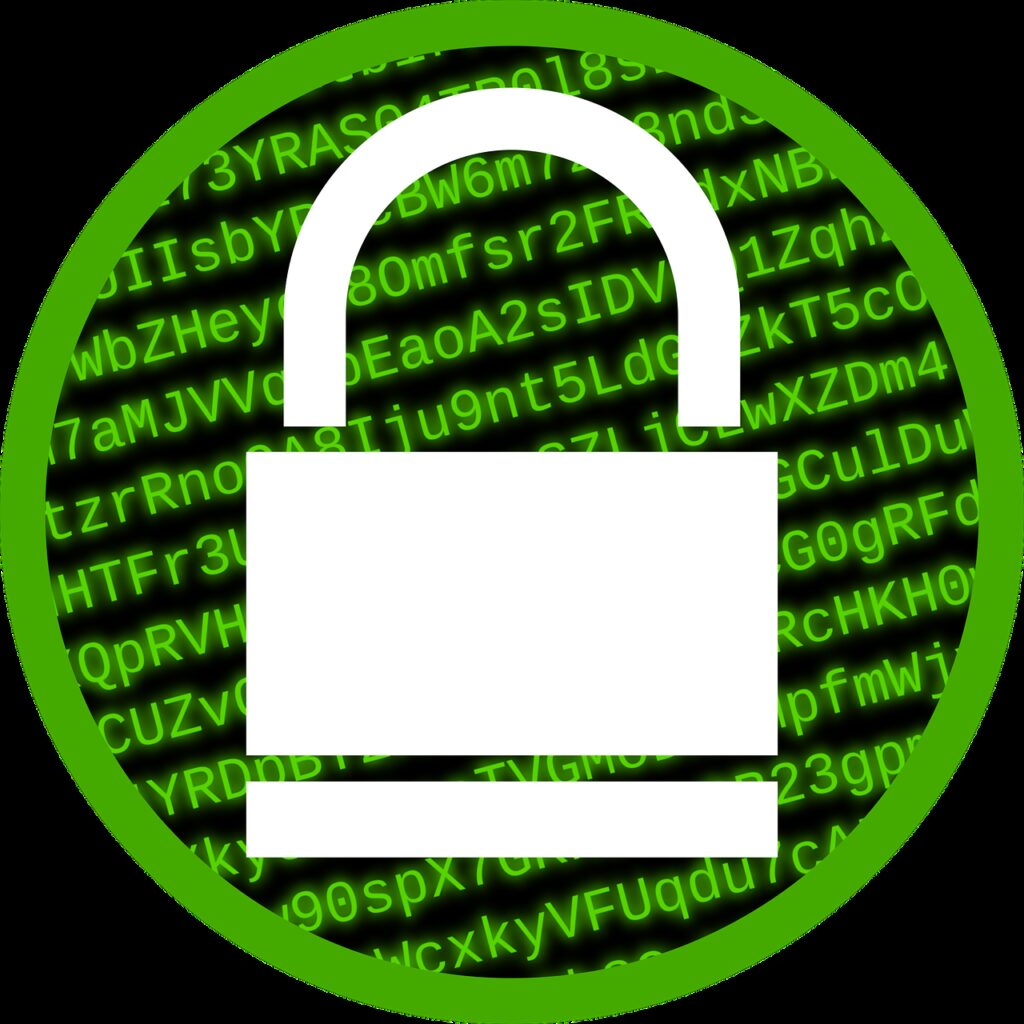Encryption is the process of scrambling or enciphering data so that only those with the ability to decrypt it can read it. It is an essential component of a secure and trustworthy Internet. It contributes to the security of sensitive data.
Encryption is commonly used to safeguard data stored on computer systems as well as data transmitted over computer networks such as the Internet. Encryption is frequently used to increase security in financial transactions and private messaging communications. When we need to determine whether data has been tampered with (data integrity), increase people’s confidence that they are communicating with the people they think they are communicating with (authentication), and ensure that messages were sent and received, encryption is essential (non-repudiation).
How Does Encryption Work?
Modern encryption scrambles data sent over a network using a secret value or key known only to the recipient and the sender. The secret value of stored data is typically known only by the data owner. There are various types of encryption, and the best systems strike a balance between safety and efficiency.
End-to-end encryption is any type of encryption in which the message can only be read by the sender and the intended recipient. The encryption key is unknown to any third party, including the party providing the communication service. End-to-end encryption is the most secure type of encryption available.
Encryption works by converting “plaintext” into “ciphertext” using cryptographic mathematical models known as algorithms. To decode the data back to plaintext, a decryption key, a string of numbers or a password generated by an algorithm, is required. Secure encryption methods use so many cryptographic keys that an unauthorised person cannot guess which one is correct, nor can a computer easily calculate the correct string of characters by trying every possible combination (known as a brute force attack)..
The “Caesar cypher,” named after Roman emperor Julius Caesar because he used it in private correspondence, is an early example of a simple encryption. The method is a type of substitution cypher in which one letter is replaced by another letter a fixed number of positions down the alphabet. The recipient would need to know the key to the cypher, such as shifting down the alphabet four places and over to the left (a “left shift four”). As a result, each “E” becomes a “Y,” and so on.
Modern cryptography is far more sophisticated, employing strings of hundreds (or even thousands) of computer-generated characters as decryption keys.
The same key is used for encryption and decryption in symmetric encryption, also known as a shared key or private key algorithm. Symmetric key cyphers are less expensive to produce and require less computing power to encrypt and decrypt, resulting in less delay in decoding the data.
The disadvantage is that if an unauthorised person obtains the key, they will be able to decrypt any messages or data exchanged between the parties. As a result, the transfer of the shared key must be encrypted with a different cryptographic key, resulting in a dependency cycle.
Asymmetric encryption. also known as public-key cryptography, encrypts and decrypts data using two distinct keys. One is a public key that all parties use for encryption. Anyone with the public key can then send an encrypted message, but only those with the private key can decrypt it.
